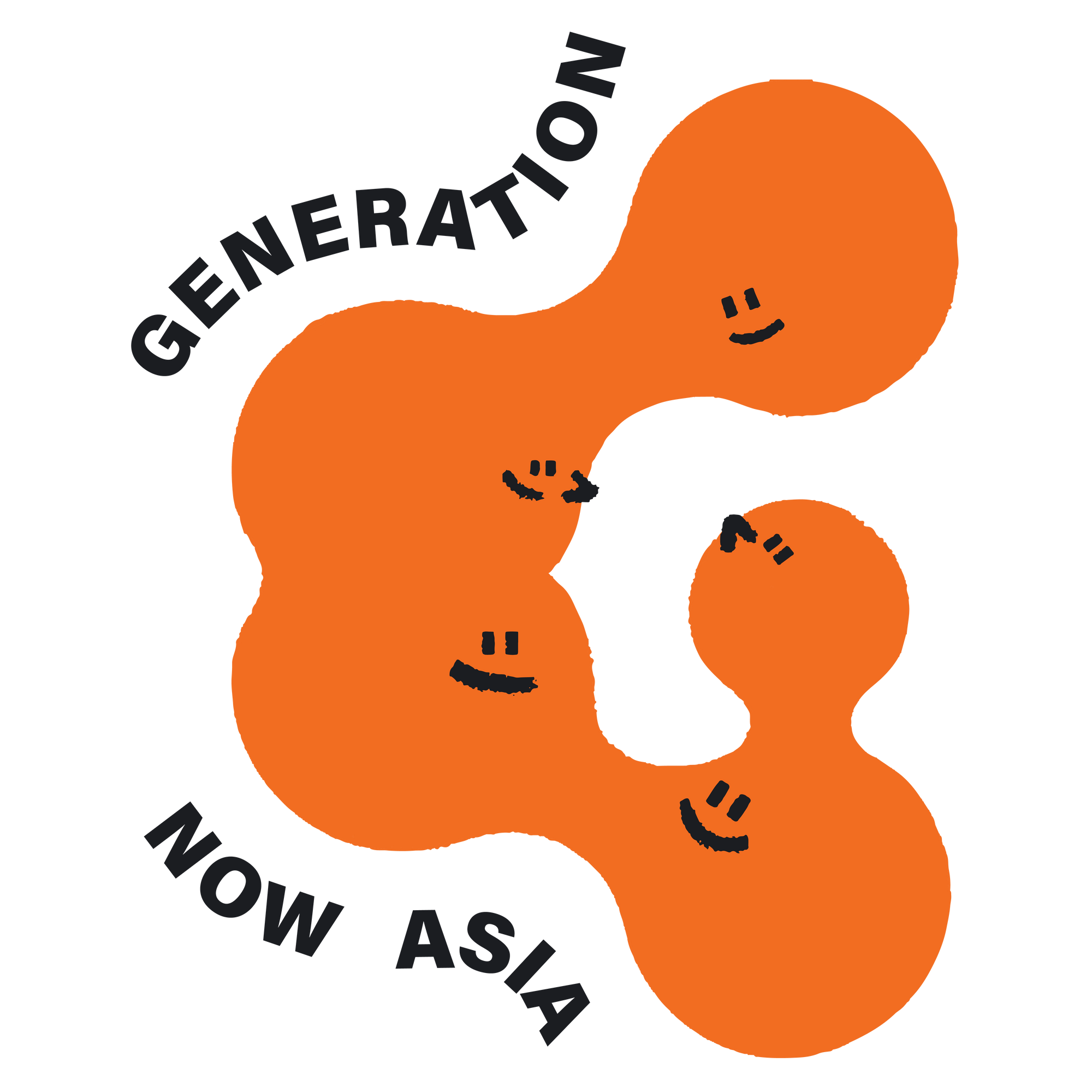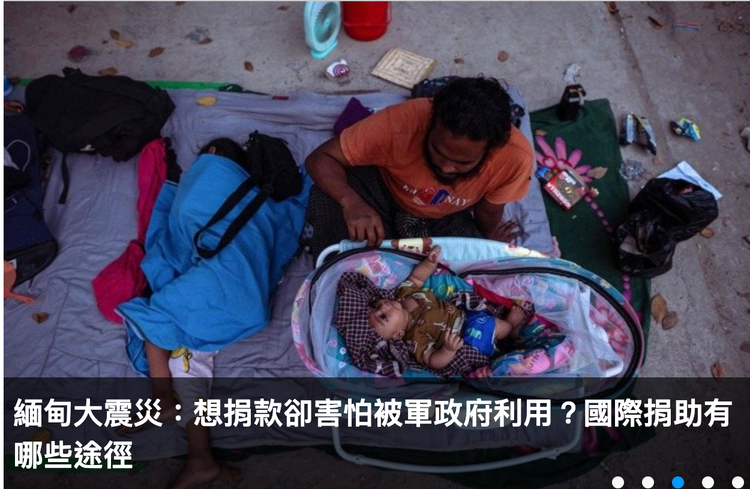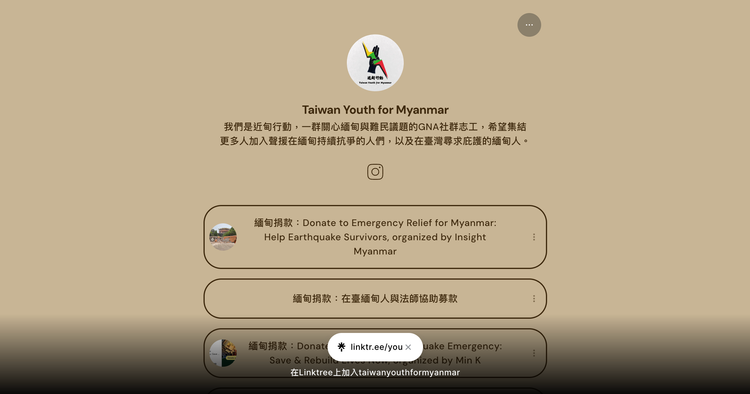Notes from Photographs from Myanmar’s borderlands

For GNA’s monthly event in November, we had the privilege of hosting photographer Brennan O'Connor as a speaker. He shared insights from his extensive photographic project in Myanmar's borderlands, drawing from his remarkable 13-year journey of documenting the region. Brennan recounted his on-the-ground experiences, intertwining his powerful images with the narratives of individuals he has encountered along the way. Moreover, he provided context to the current political situation in Myanmar by sharing stories from his most recent trip to Karenni State in 2023.
About the speaker:
Brennan O'Connor is a Canadian photographer. After a decade of freelancing for leading media outlets in his country, he devoted himself full-time to pursuing under-reported stories about Myanmar's diverse ethnic minorities in the country's borderlands near Thailand, China, India, and Bangladesh in 2010. During this period, he documented the struggles of these communities resisting Bamar (Burmese) rule both before and during the failed reform period—when nothing really changed—up until the aftermath of the 2021 military coup. His work has been published in various international media outlets and has garnered numerous accolades, including the prestigious Lucas Dolega Prize in France.
Notes and highlights of what we learnt during the talk, written by GNA’s intern, Earn from Thailand
(all images projected were taken by photographer, Brennan O'Connor)
The complexity of Myanmar’s political landscape:
Myanmar used to be ruled by the British, but it gained independence in 1948. They had a civilian government for a while, and they tried to bring different groups in the country together. However, in 1962, General Ne Win took over and ruled Myanmar until 1988 when there was a big uprising. Then, General Than Shwe came to power until 2011 when there was a process of change that made it seem like Myanmar was becoming more democratic. This made Western countries think Myanmar was open for business. But, in reality, the military still controlled the government. In 2015, Aung San Suu Kyi won the election, but not much changed. Then in 2020, she won again by a lot, but the military, led by Min Aung Lai, took control in a coup on 1 February 2021. This shows that Myanmar's history is full of twists and turns, and it's still struggling to find stability and democracy.
States within a state:
Due to its diversity, with various ethnic groups living in different parts of the country. It has led to the establishment of semi-autonomous or self-administered regions within the country. Four examples of such regions are Shan State, Kachin State, Karenni State, and Rakhine State.
Shan State is located in eastern Myanmar and is predominantly inhabited by the Shan people. It is one of the largest states in Myanmar and has a history of seeking greater autonomy. The Shan State has been at the center of discussions about ethnic rights and self-administration within the country.
Located in the northern part of Myanmar, Kachin State is associated with the Kachin ethnic group. This region has experienced conflicts and has been a focal point in the demands for greater autonomy and recognition of ethnic rights.
Situated in eastern Myanmar, Karenni State is home to the Karenni people. Like other ethnic states, Karenni State has its own unique cultural identity and has sought self-administration and autonomy in matters related to governance and cultural preservation.
Rakhine State is in western Myanmar and is home to the Rakhine people. This state has been in the spotlight due to the Rohingya crisis, which has drawn international attention because of the extreme violence and brutality that forced them to flee Myanmar, with many becoming refugees in Bangladesh. The region has a complex history and has experienced tensions related to ethnic and religious issues.
The Displacement of Myanmar’s People - Refugees and Migrant Workers:
The country has been experiencing armed and political conflicts for decades. As a result, many groups of Myanmar people have fled to other countries, sought refuge in camps, or obtained migrant worker status. One of the most famous areas is the town of Mae Sot, which is situated on the border between Myanmar and Thailand. This place has been called “Little Burma” and has become one of the most well-known areas in the context of Myanmar's displacement crisis. Most of the Myanmar people who live there are migrant workers, as the pay in Myanmar is very low. Therefore, they ended up in Thailand. Another group of Myanmar’s people who are living in Mae Sot, are those who have been in political exile since 1988, who sought refuge there after the *8888 Uprising, fleeing Myanmar to evade arrest. (*In August 1988, Myanmar witnessed a nationwide pro-democracy movement - now known as 8888 Uprising - aimed at ending General Ne Win's 26-year authoritarian regime. The demonstrations persisted until a military coup in September, leading to a violent suppression of the protesters by the army.) Many Burmese and ethnic groups escaped the military regime. Regarding the refugee camp in Mae Sot, it has housed up to 4,000 people at times. Some among them had initially hoped to return to Myanmar during the reform period, but the situation in their home country still remains unsafe for their return.
Another well-known place is the Rohingya camp located on the border of Bangladesh and Myanmar. This camp - one of the largest refugee settlements in the world - houses a significant population of Rohingya Muslims who have fled persecution and violence in Myanmar's Rakhine State. The Rohingya people had citizenship in Myanmar for a period, but their citizenship was later revoked as the authorities have repeatedly confiscated and canceled ID documents since the 1970s. In 2017, violence erupted when a Rohingya armed group emerged, leading to a massive crackdown by the Burmese military. This resulted in a tragic humanitarian crisis and what many have described as a 'mass cleansing' campaign.
In addition to the challenges faced by refugees and migrant workers, Myanmar also grapples with a significant internal displacement crisis since the coup in 2021 leaving millions displaced within Myanmar. The living conditions for these internally displaced people (IDP) are often difficult, with many of them experiencing high levels of stress and malnutrition. This is especially true for vulnerable groups, such as pregnant refugee mothers.
Ongoing Conflicts and Armed Resistance in Myanmar:
Some areas in Myanmar have been engaged in long-standing resistance and conflict. In Karen State, they have been fighting for over seven decades, using tactics reminiscent of the Vietnam War. In every community, there are individuals affected by landmines, presenting a significant problem. In every community, the impact of landmines affects individuals in profound ways, from causing severe injuries, disabilities and fatalities, to the psychological impact of the fear of landmines resulting in restricting people's movement, limiting access to essential resources and creating psychological trauma. The situation has worsened because conflicts have spread across the country. The landmines laid by the Myanmar army remain active for up to a year. In some areas, the military has broken agreements and resumed fighting. For example, after a 17-year ceasefire, the Kachin Independence Army (KIA) was forced to take up arms again. Additionally, the Ta'ang National Liberation Army (TNLA) in Northern Shan State has been engaged in conflict with the Myanmar Army and other ethnic armed groups. Both sides adhere to Buddhism, and their relationship with the local community has improved as they emphasize accountability and their fight for the people's rights.
After the 2021 coup, the Karenni Defense Force emerged, gaining control over various areas in the state, especially rural and countryside regions. This group is relatively young and comprises a significant number of women. Additionally, the People's Defense Force (PDF) has formed alliances with the National Unity Government (NUG), which includes lawmakers and civil society representatives.
Humanitarian Challenges and Aid Efforts:
The UN is also investigating the Christmas Eve massacre of 2021, where individuals were stopped at a checkpoint, tied up, loaded onto trucks, and burned alive. Tragically, fifty people perished in this horrifying incident, but there is hope that one survivor may exist, as indicated by a doctor. However, access for UN agencies is challenging due to fear, and the information they receive primarily comes from cross-border aid.
Inside Myanmar, the people are actively fighting for their cause, with some even manufacturing their own weapons, while others acquire arms from China. Notably, there are substantial armed groups like the Wa group with its own weapon factory, and the Kachin region also has its own manufacturing facilities, in addition to obtaining weapons from Myanmar and Thailand.
As of 2023, there is a sense of vulnerability, even though Burmese people and armed groups have managed to challenge the military regime without external support. The pressing question is how international assistance can be extended. The people of Myanmar urgently need supplies of weapons and food, but they are not receiving official support through the UN. Nevertheless, Burmese living abroad continue to contribute money on a weekly basis to aid their fellow citizens back home.
See the notes in Chinese: https://www.gna.tw/notes-myanmar-photos/





